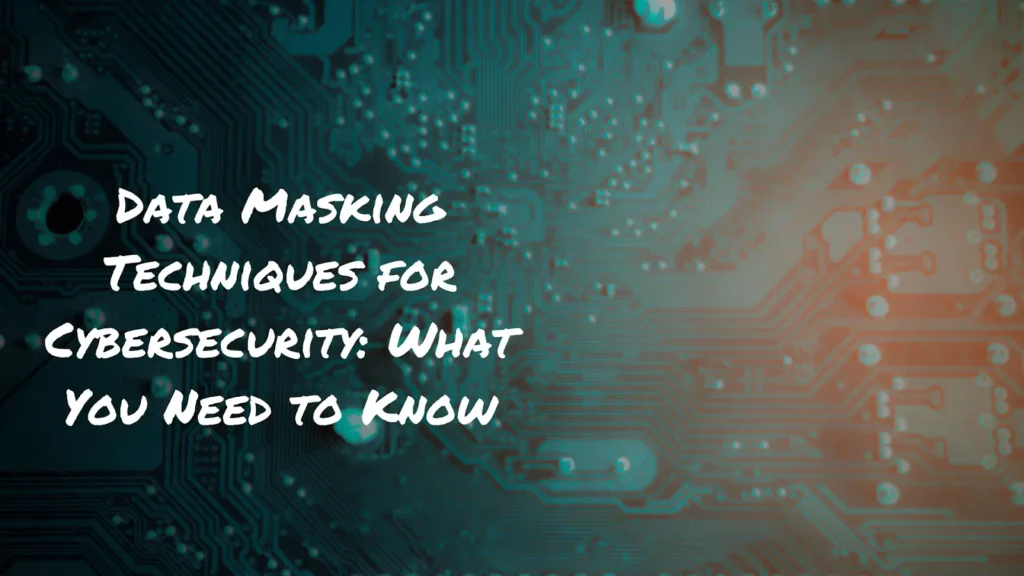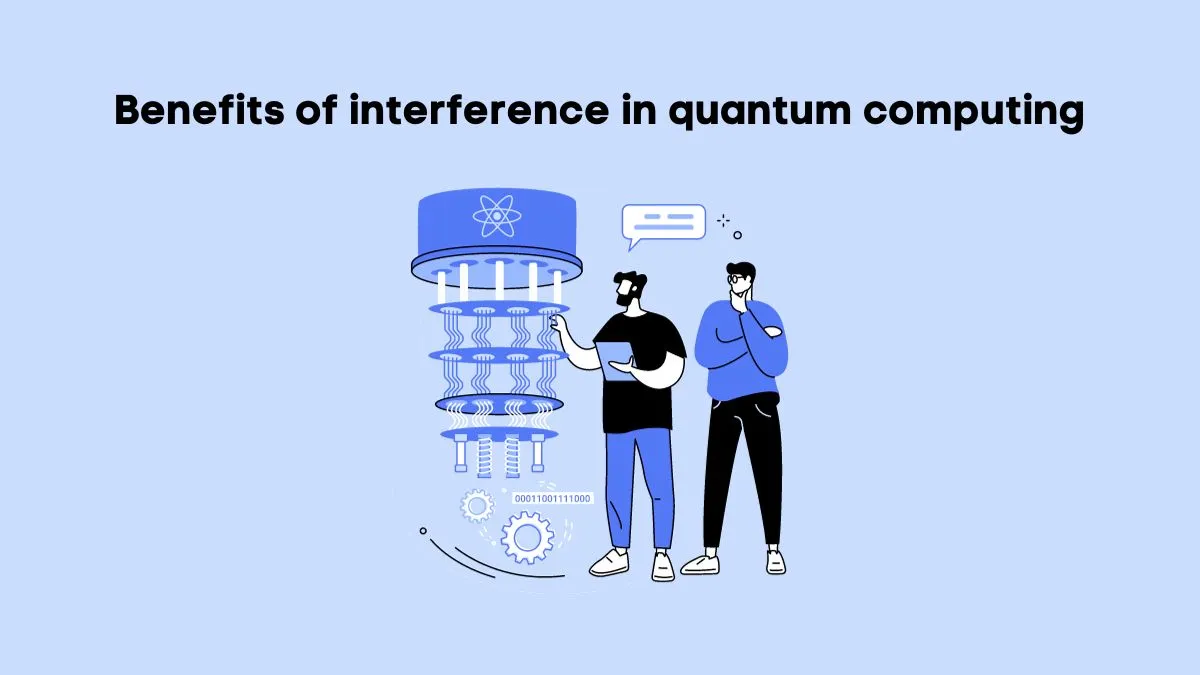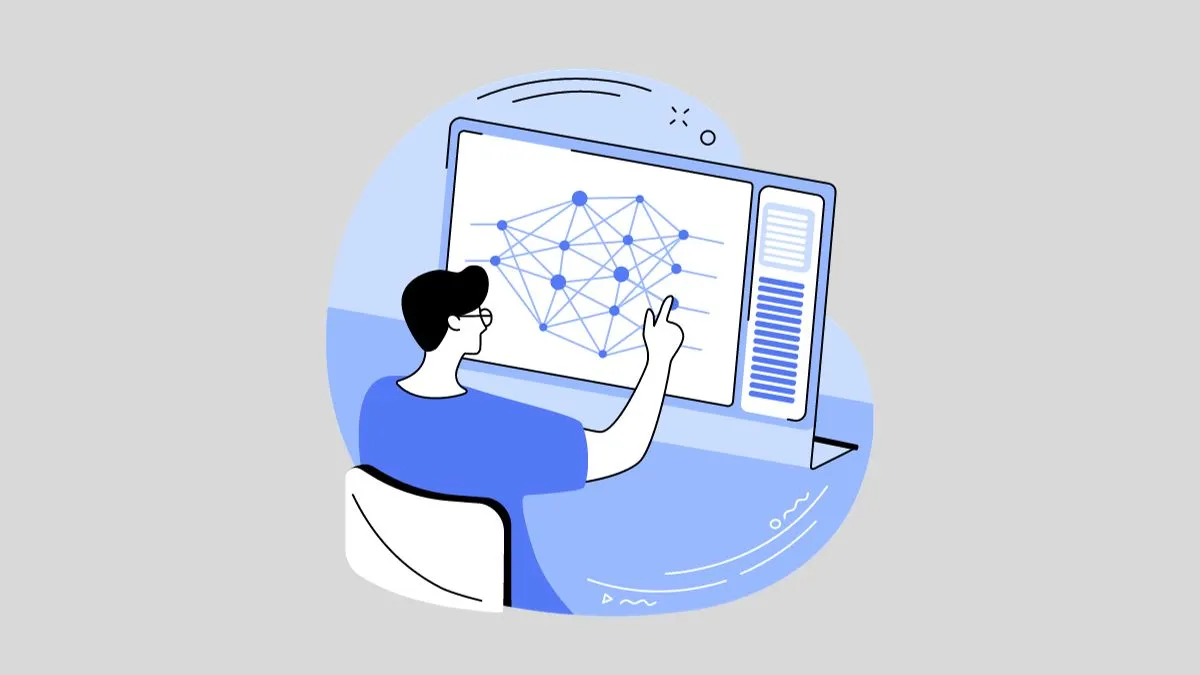Data masking is an important piece of the cybersecurity puzzle. In simple terms, it involves hiding or scrambling sensitive bits of data stored in databases or applications. The goal is to keep critical relationships between data intact while obscuring risky individual fields like names, ID numbers, and more from prying eyes.

As companies accumulate more intel on customers, employees, and internal operations, that data becomes vulnerable. Data masking helps address privacy and security risks from insiders and external attacks alike. Techniques like encryption, tokenization, shuffling data points, and generating fake data points allow companies to mush up the actual sensitive values at play.
Implementing data masking limits exposure to those without a need to see the real unencrypted data. That containment also minimizes damage if breaches do occur. With tighter regulations on keeping data safe and the continued growth of cyber threats, having the right data masking policies in place is a must for strong organizational security. The best solutions balance safety with practical uses of data for things like analytics and testing.
Static vs. Dynamic Data Masking
Static data masking permanently de-identified data before shifting it to non-production environments. This can include scrambling data for development, testing, or analytics use cases. Dynamic data masking goes a step further by obscuring sensitive data in real-time
This type of masking irreversibly de-identifies the data. Dynamic data masking, on the other hand, obscures sensitive data elements in real-time when they are accessed by certain users, while still maintaining the usability and referential integrity of the data.
Static masking offers simplicity but lacks adaptability. Dynamic masking enables real-time protection without compromising agility, reducing insider threat risks by limiting access based on user roles. The main appeal of static data masking is its simplicity – once data is irreversibly obscured, security teams do not have to manage ongoing access controls or masking logic.
However, this permanence severely limits adaptability to new use cases or access requirements. Dynamic masking provides robust protection in real-time while data is in use, rather than just at rest, which is intrinsically more agile. It also mitigates insider threats by restricting data visibility based on attributes like user roles.
Advanced Format-Preserving Encryption
Format-preserving encryption secures data while maintaining original formats. 62% of organizations prioritize it for this ability, per Thales. It addresses referential integrity challenges, ensuring consistency.
Format-preserving encryption, also sometimes referred to as format-preserving tokenization, refers to advanced encryption methods that are vital data masking techniques able to protect sensitive data elements while still preserving the original data format.
It enables secure transactions by preserving formats like credit card numbers. Healthcare utilizes it to safeguard patient data without disrupting interoperability. The ability to encrypt data elements like credit card numbers while keeping the original format intact is an extremely useful data masking technique for enabling secure transactions across channels.
Healthcare institutions also leverage format-preserving encryption extensively in order to pseudonymize sensitive patient information across their vast digital ecosystems, without compromising interoperability between disparate systems that need to share common data elements.
Format-preserving encryption has proven effective in preventing retail breaches by protecting customer data. Banking institutions leverage it to secure account details and reduce unauthorized access risks. Numerous recent high-profile retail sector data breaches could potentially have been prevented if format-preserving encryption had been implemented to safeguard customer information stored by merchants.
Tokenization for Enhanced Security
Tokenization replaces sensitive data with non-sensitive tokens, reducing the attack surface and breach impact. Per IBM, it reduces breach costs by an average of $1.87 million. 82% of organizations surveyed by the Ponemon Institute see it as effective. Tokenization works by replacing sensitive data elements with non-sensitive substitutes called tokens, that have no exploitable meaning or value if compromised.
This process irreversibly minimizes the attack surface for cybercriminals, and greatly reduces the impact of potential data breaches. According to IBM research, businesses that properly utilize tokenization incur $1.87 million less in data breach costs on average, compared to those that do not. Moreover, a study by the Ponemon Institute found that over 80% of companies view tokenization as highly effective at securing critical business data.
It is crucial for e-commerce security, with 63% of consumers preferring businesses using it to protect payment data. Healthcare utilizes it to safeguard electronic health records, ensuring patient confidentiality and regulatory compliance. For online merchants, tokenization has become absolutely crucial for safeguarding payment card data in order to bolster e-commerce security.
Studies indicate over 60% of consumers actually prefer transacting with websites that leverage tokenization to protect sensitive personal information. Healthcare institutions also rely extensively on tokenization to pseudonymize patient data from electronic health records, ensuring confidentiality while still maintaining the analytical utility of information. Proper deployment enables compliance with strict regulatory privacy rules as well.
Challenges and Best Practices
Data masking poses challenges like maintaining data usability and managing performance overheads. Best practices involve choosing optimal masking techniques based on use cases, testing thoroughly, and re-evaluating strategies periodically. While incredibly useful for safeguarding information, data masking does not come without its fair share of challenges.
Two of the most prominent issues organizations grapple with are maintaining the utility and usability of properly masked data sets, and managing the potential performance overheads imposed by the additional security processing.
Some best practices for addressing these concerns include selecting masking techniques that are best suited to each specific data use case, extensively testing masking implementations in staging environments before deployment to validate both security and functionality and periodically re-evaluating masking strategies to adapt as business needs evolve.
Cloud Integration
Implementing masking in cloud environments requires careful planning regarding security controls, latency constraints, and platform interoperability. Tools that provide platform-agnostic interfaces, impose minimal overheads, integrate with cloud access security brokers, and offer reversible masking help overcome integration challenges.
Migrating data masking capabilities into cloud environments introduces additional complexity that must be carefully assessed during the planning stages before implementation. Important considerations span everything from ensuring consistent security controls across on-prem and cloud resources to meeting stringent latency performance demands in the cloud and tackling platform interoperability challenges.
Conclusion
With cyber threats constantly evolving, robust data masking is crucial for security. A multi-pronged strategy encompassing dynamic masking, format-preserving encryption, tokenization, and other techniques can help safeguard sensitive data. Staying updated on new approaches and best practices is key for long-term data security.
As cybersecurity threats continue to grow more sophisticated, comprehensive data masking has become more pivotal than ever when it comes to keeping sensitive information secure in the modern era. Leaning on individual technologies like tokenization or dynamic masking alone is not enough – rather a varied, multi-layered strategy blending the strengths of format-preserving encryption, stateful masking policies, tokenization, and other complementary controls is essential.
Just as importantly, cybersecurity is a never-ending race against increasingly cunning online adversaries, so keeping continuously up-to-date as new data protection innovations emerge will remain the key to maintaining long-term data security as time marches forward.





